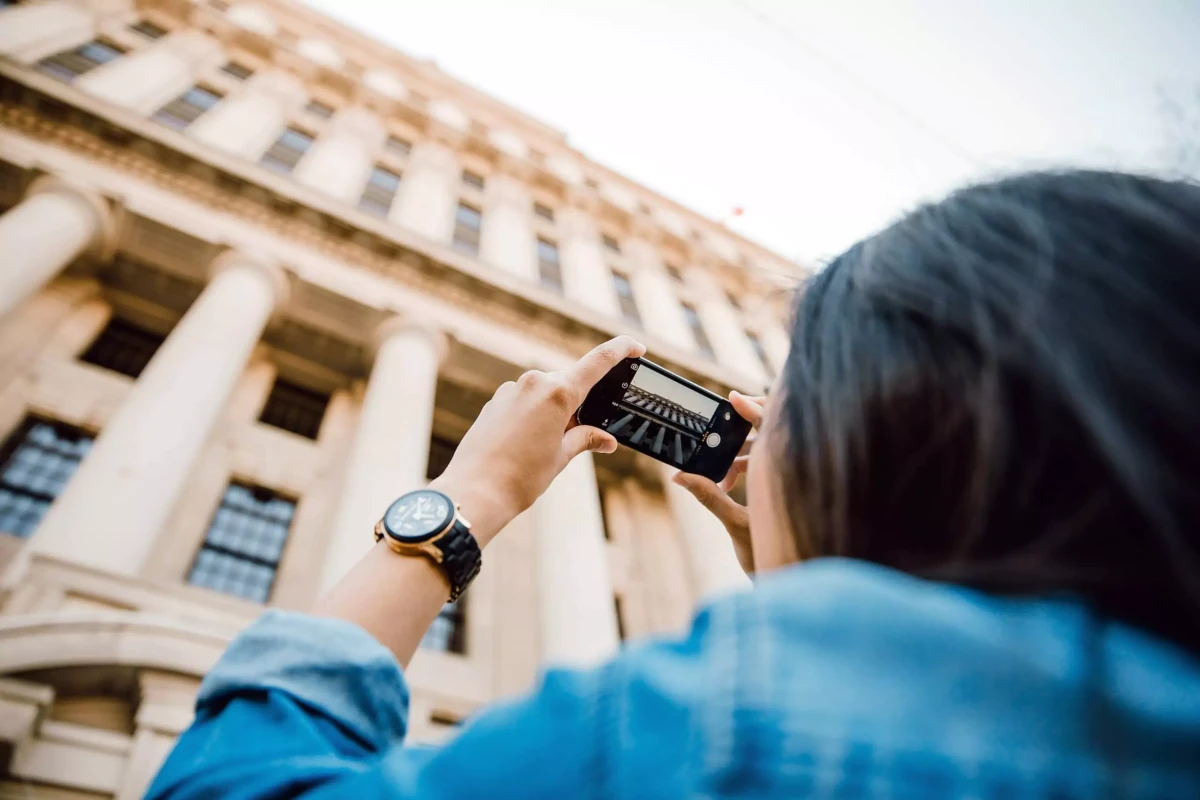Приверженность инновациям и устойчивому развитию
Études — новаторская фирма, которая органично объединяет креативность и функциональность, чтобы по-новому взглянуть на архитектурное совершенство.

Страсть к созданию пространств
Наш комплексный набор профессиональных услуг обслуживает самую разную клиентуру: от домовладельцев до коммерческих застройщиков.
Ремонт и реставрация
Испытайте сочетание воображения и опыта с Études Architectural Solutions.
Непрерывная поддержка
Испытайте сочетание воображения и опыта с Études Architectural Solutions.
Доступ к приложению
Испытайте сочетание воображения и опыта с Études Architectural Solutions.
Консультации
Испытайте сочетание воображения и опыта с Études Architectural Solutions.
Управление проектами
Испытайте сочетание воображения и опыта с Études Architectural Solutions.
Архитектурные решения
Испытайте сочетание воображения и опыта с Études Architectural Solutions.
Массив ресурсов
Наш комплексный набор профессиональных услуг обслуживает самую разную клиентуру: от домовладельцев до коммерческих застройщиков.
Приложение Études Architect
- Сотрудничайте с коллегами-архитекторами.
- Продемонстрируйте свои проекты.
- Окунитесь в мир архитектуры.


Новостная рассылка Études
- Мир статей, заставляющих задуматься.
- Тематические исследования, посвященные архитектуре.
- Эксклюзивный доступ к дизайнерским идеям.
«Études сэкономили нам тысячи часов работы и открыли новые идеи, которые мы никогда не считали возможными.»
Анна Стайнер
Генеральный директор, Гринпринт
Смотрите, читайте, слушайте
Присоединяйтесь к 900+ подписчикам
Оставайтесь в курсе всего, что вам нужно знать.